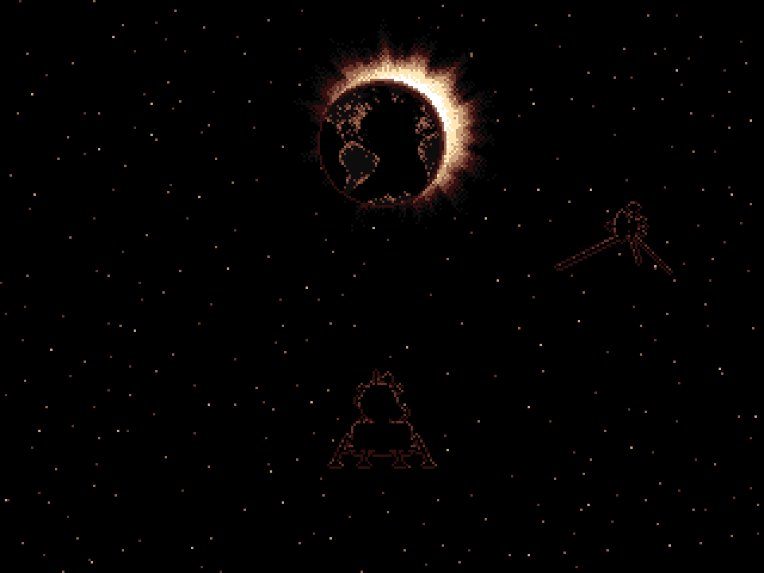
Keeper of the Lunar Lighthouse.
Joined on 12/29/17
- Level:
- 12
- Exp Points:
- 1,595 / 1,600
- Exp Rank:
- 42,914
- Vote Power:
- 5.46 votes
- Audio Scouts
- 1
- Rank:
- Civilian
- Global Rank:
- > 100,000
- Blams:
- 0
- Saves:
- 29
- B/P Bonus:
- 0%
- Whistle:
- Normal
- Trophies:
- 1
- Medals:
- 248
- Supporter:
- 2y 11m 21d





